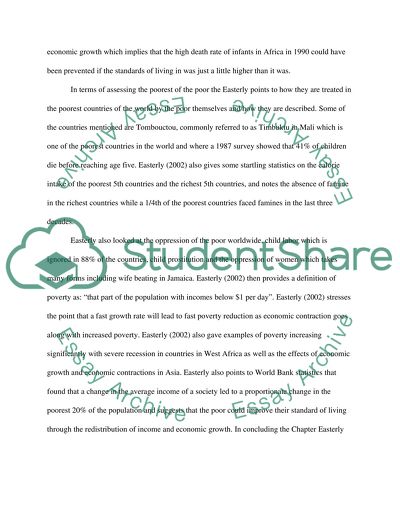Cite this document
(“EC 417 Essay Example | Topics and Well Written Essays - 1500 words”, n.d.)
Retrieved from https://studentshare.org/environmental-studies/1415751-ec
Retrieved from https://studentshare.org/environmental-studies/1415751-ec
(EC 417 Essay Example | Topics and Well Written Essays - 1500 Words)
https://studentshare.org/environmental-studies/1415751-ec.
https://studentshare.org/environmental-studies/1415751-ec.
“EC 417 Essay Example | Topics and Well Written Essays - 1500 Words”, n.d. https://studentshare.org/environmental-studies/1415751-ec.


